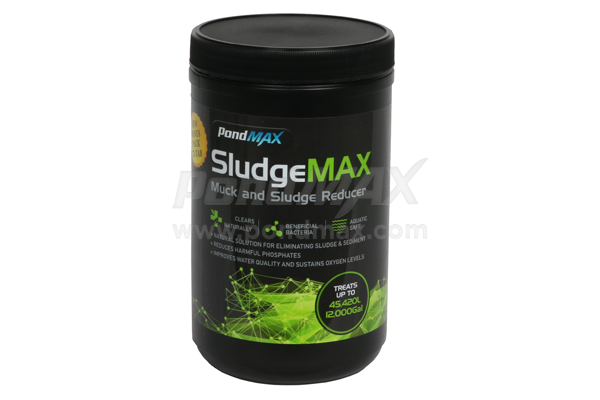Bacterias - Bio -Enzymes -
Bacterias - Bio -Enzymes -
Bacteria are the base for the animal food chain within a pond or lake. Bacteria consume (decompose) waste products and assimilate nutrients by converting this material to other bacteria through the process of growing, reproducing, and multiplying. Bacteria then become the food source for other aquatic organisms such as zoo-flagellates, ciliates, and rotifers, which in turn become food for fish, insects, invertebrates, and other organisms. These living organisms compete for the nutrients (nitrogen and phosphorus) necessary for the growth of algae. Depending on the type of product and the species in it, bacteria can reduce organic sediment (muck) from the lake bottom, improve water clarity, reduce the amount of nitrogen and phosphorus available for algae growth, and aid in the improvement of overall water quality.
Although enzymes catalyze (enhance) the chemical reaction by breaking molecules apart and putting molecules together. Enzymes are not consumed in the process. Enzymes perform the vital function of controlling the metabolic processes in which nutrients are converted into energy and fresh cell material. In nature, enzymes control the build-up and decomposition of essential matter in vegetable and animal organisms.
The efficiency of any enzyme or bacteria depends on the amount of wastes available, the abundance of dissolved oxygen accessible to the organisms, water chemistry (ex. pH), and the type or strains of bacteria present to do the job. In eutrophic (aging) ponds and lakes where aquatic plants and algae are a problem, there is normally an abundance of organic wastes.
Microbes are living single-cell organisms too small to be seen without a microscope and thus referred to as microorganisms, including bacteria, protozoa, algae and fungi.
Enzymes are produced by bacteria! Microorganisms, like bacteria, grow and reproduce by eating available contaminants. They produce enzymes that break down the food so that the bacteria can digest it.
Think of it this way: Bacteria can’t digest the whole apple, so the bacteria creates enzymes to turn the apple into applesauce that they can digest.
Bacteria can reproduce very quickly, but enzymes cannot duplicate themselves. They are only produced by bacteria as a biochemical catalysis.








